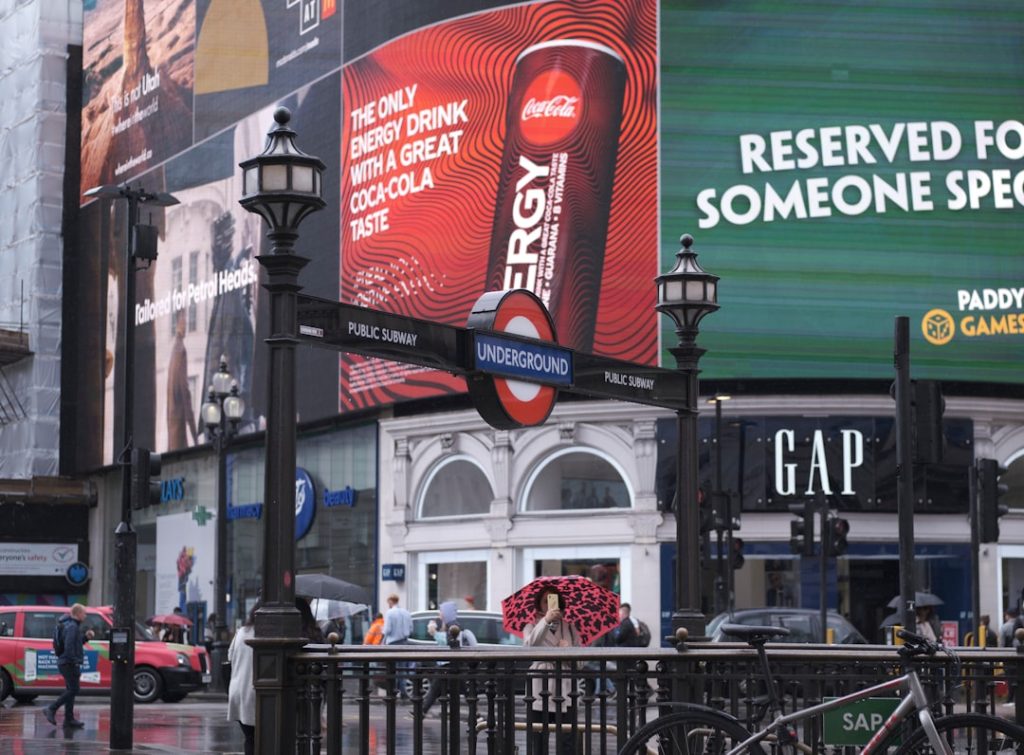Why Some Businesses Spend Too Much on Ads
Ever wonder why some businesses seem to throw money at ads without seeing a good return? It’s a common problem, and it usually boils down to a few key mistakes. Let’s break down why this happens and how to avoid it.
Not Knowing Their Audience
One of the biggest reasons businesses overspend on ads is that they don’t really know who they’re trying to reach. They might have a general idea, but without detailed information, their ads end up reaching the wrong people. Imagine trying to sell skateboards to people who only watch golf – not a great match, right?
Solution: Do some serious research! Understand your ideal customer’s age, location, interests, and online behavior. Use tools like Google Analytics or social media analytics to get a clearer picture. Create detailed customer personas to guide your ad targeting.
Poorly Defined Goals
What do you want your ads to achieve? More website visits? More sales? More brand awareness? If you don’t set specific, measurable goals, you won’t know if your ads are working or not. It’s like driving without a destination – you’ll just waste gas.
Solution: Set SMART goals (Specific, Measurable, Achievable, Relevant, Time-bound). Instead of saying “I want more sales,” say “I want to increase online sales by 15% in the next quarter.” This gives you a clear target to aim for and a way to track your progress.
Ignoring Data and Analytics
Many businesses set up ads and then forget about them, failing to monitor performance or make adjustments. This is like planting a garden and never watering it. Advertising platforms provide a ton of data – impressions, clicks, conversions, cost per acquisition – but if you’re not paying attention, you’re missing out on valuable insights.
Solution: Regularly review your ad performance. Which ads are working? Which ones aren’t? What’s your cost per click? Use this data to refine your targeting, adjust your bids, and improve your ad copy. A/B test different versions of your ads to see what resonates best with your audience.
Choosing the Wrong Platforms
Every advertising platform has its strengths and weaknesses. What works well on Facebook might not work on LinkedIn, and vice versa. If you’re advertising on the wrong platform, you’re wasting money on an audience that’s not interested in your product or service. For example, if you are a B2B business, LinkedIn is more likely to generate leads than TikTok.
Solution: Research which platforms your target audience uses most. Consider factors like demographics, interests, and online behavior. Don’t be afraid to experiment with different platforms, but always track your results to see which ones provide the best return.
Not Optimizing Ad Creatives
Your ad copy and visuals are crucial for capturing attention and driving clicks. If your ads are boring, irrelevant, or poorly designed, people will simply scroll past them. It’s like having a store with a dirty window and a closed sign – nobody will bother to come inside.
Solution: Create compelling ad copy that speaks directly to your target audience. Use high-quality images or videos that are visually appealing and relevant to your offer. Test different headlines, descriptions, and calls to action to see what performs best. Make sure your ads are mobile-friendly, as many people will see them on their phones.
Bidding Too High (or Too Low)
Bidding on ads can be tricky. If you bid too high, you might win more auctions, but you’ll also pay more per click. If you bid too low, you might not get enough visibility. It’s a balancing act.
Solution: Research the average cost per click for your industry and target keywords. Use automated bidding strategies offered by advertising platforms to optimize your bids based on your goals. Monitor your results closely and adjust your bids as needed.
Lack of a Clear Sales Funnel
Even if your ads drive traffic to your website, that doesn’t guarantee sales. If your website is confusing, your checkout process is cumbersome, or your customer service is lacking, you’ll lose potential customers along the way. It’s like having a leaky bucket – you pour water in, but it all drains out.
Solution: Create a smooth and seamless sales funnel. Make sure your website is easy to navigate, your product descriptions are clear, and your checkout process is simple. Offer excellent customer service to answer questions and address concerns. Track your conversion rates at each stage of the funnel to identify and fix any bottlenecks.
Conclusion
Overspending on ads is a common problem, but it’s one that can be avoided with careful planning, diligent monitoring, and a willingness to adapt. By understanding your audience, setting clear goals, optimizing your ad creatives, and tracking your results, you can get more bang for your buck and achieve your business objectives. Don’t be afraid to experiment and learn from your mistakes. Advertising is an ongoing process, and the more you learn, the better you’ll become at it.
